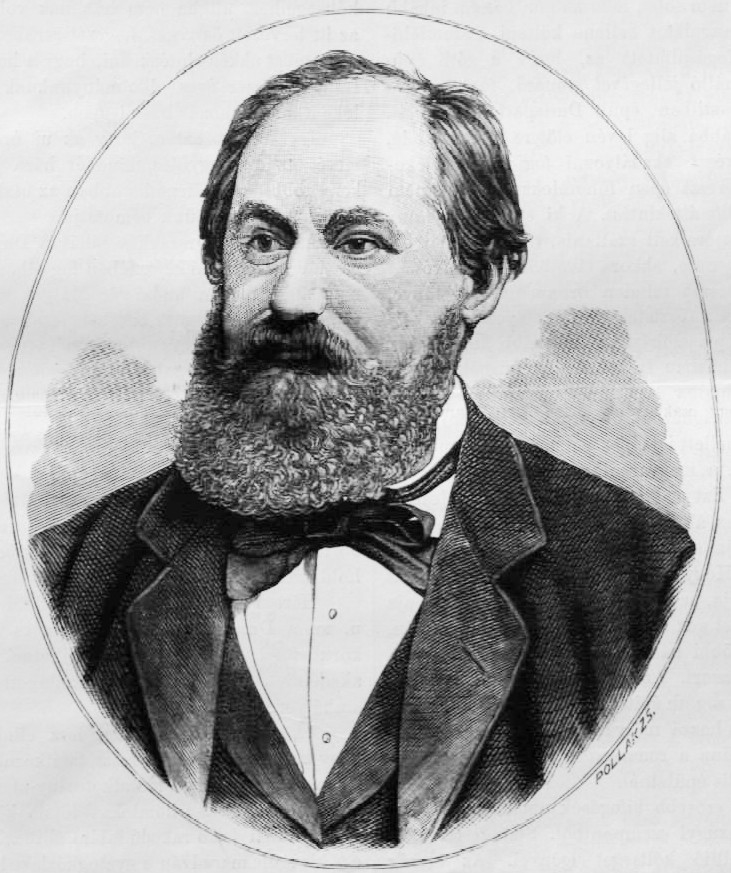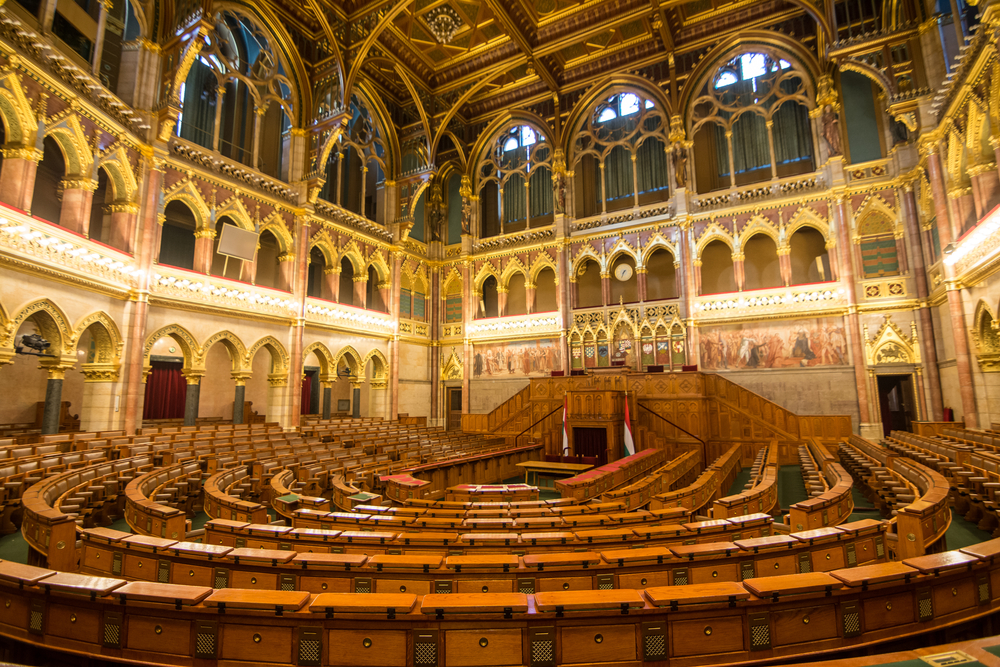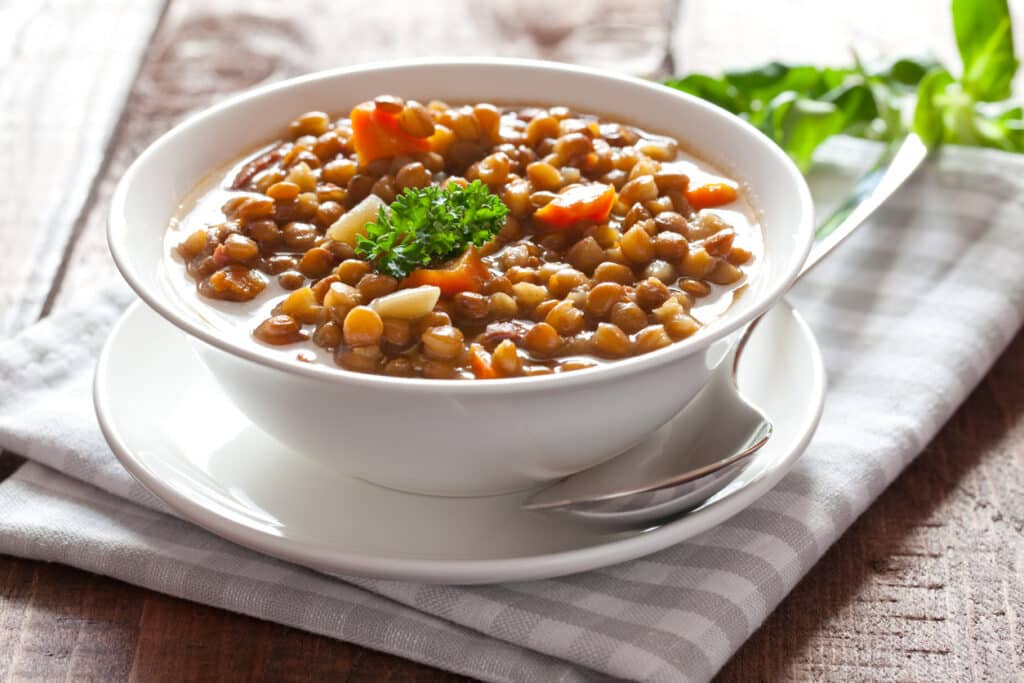Jöjjön most néhány érdekesség a Parlamentről - szigorúan turisztikai, építészeti és kultúrtörténeti szempontból.
The Wonder of Wonders: The Hungarian Parliament Building
A magnificent building of 691 rooms, 20 kilometres of stairs, 40 million bricks, half a million precious stones, 40 kilograms of gold, 242 sculptures and 365 turrets. It’s 268 metres long – longer than the Houses of Parliament in London -, 96 metres high and 123 metres wide. It has 10 courtyards, 13 passenger and freight elevators, 27 gates and 29 staircases. The red carpet that runs throughout the building is nearly 3 kilometres long. Impressive numbers, aren’t they? The Hungarian Parliament building is a real wonder.
The construction of the building
It was in 1880 that the decision was made to erect a new Parliament building in Budapest facing the river Danube. An international contest was held to find the architect of the building, and the victor was Imre Steindl. The Parliament was built according to his plans. The two runner-up building plans were also built facing the Parliament building. One is the Museum of Ethnography and the other is the Ministry of Agriculture.

The construction of the Parliament based on the winning plan began in 1885 and the building was inaugurated on the 1000th anniversary of Hungary in 1896, and fully completed in 1902. It was built in a period of dynamic economic growth in the country. Heroes’ Square, Andrássy Road, the Western Railway Station and a number of bridges over the Danube were also built in this period, as well as the first underground railway on the continent. Sadly, Imre Steindl went blind before his grand design was completed and died in 1902.
No expense spared
The Hungarian Parliament is the country’s largest building and the third largest parliament building in the world. Everything and everyone contributing to the construction of it had to be Hungarian and the building had to reflect the vegetation of the surrounding Carpathian Basin in its ornamentation. About 100,000 people were involved in building it and the best Hungarian masters and artists worked on it.
The Parliament building has a symmetrical façade and a central dome. The main façade overlooks the River Danube, but the official main entrance is from the square on the east side of the building. The façade displays statues of Hungarian rulers, Transylvanian leaders and famous military figures. The coats of arms of kings and dukes are depicted over the windows. The east stairs are flanked by two lions.

The inside of the building
From inside the Parliament is also symmetrical and has two absolutely identical parliament halls. When the building was erected the Hungarian parliament was bicameral with an Upper and a Lower House. The dome served as the venue for joint sittings of the two chambers. The height of the cupola is 96 metres which has a symbolic meaning referring to the Hungarian Conquest in 896 and the Millennium Celebrations in 1896. With this height the Parliament is one of the two tallest buildings in Budapest, along with Saint Stephen’s Basilica.
When entering the Parliament, visitors can walk up the great ornamental stairs, see frescoes on the ceiling, pass by the bust of the creator, Imre Steindl, in a wall niche and admire the stained glass windows and glass mosaics by Miksa Róth. The grand staircase is decorated by eight giant Swedish columns which were presented by the Swedish king. There are only twelve of them in the world. The other four can be found in the Palace of Westminster.
A famous part of the building is the hexadecagonal (sixteen-sided) central hall joining the Lower House and the Upper House. The Hungarian parliament is unicameral with 199 Members of Parliament at the moment and meets in the Lower House, while the Upper House is used for conferences and meetings.

The Holy Crown of Hungary and the Royal Insignia have been displayed in the central hall since 2000.
The style of the building is eclectic, it blends elements and motifs of various architectural styles: its floor plan is Baroque, the façade ornamentation is Neo-Gothic, and the decoration of the ceiling shows Renaissance elements.
Unique features
The heating and ventilation system in the building – after some updating – works perfectly even till the present day. The system was one of the most modern systems in Europe when it was installed. The hot steam from the furnace room located in a nearby facility reaches the various rooms through a distribution chamber and radiators. Originally, the building was cooled with cold air that entered it through the fountain with two pools on the square. After the removal of these pools it was cooled with many tonnes of ice piled up in two huge shafts.
The Hungarian Parliament building has its own library with the greatest collection of Hungarian parliamentarian documents. It comprises about half a million volumes and is for public use also.

Unfortunately, modern air pollution constantly attacks the porous limestone walls, requiring frequent restoration. This also means that there is a good chance that you will see some scaffolding around the building. Due to its extensive surface and its detailed handiwork, the building is almost always under renovation.
Guided tours of the Parliament are available. The tour takes about 45 minutes and it covers the main entrance stairs and hall, one of the lobbies, the old House of Lords and the Hungarian Crown Jewels showing the public this outstandingly beautiful building.
Vocabulary
|
magnificent |
lenyűgöző |
|
brick |
tégla |
|
precious stone |
drágakő |
|
sculpture |
szobor |
|
turret |
tornyocska |
|
freight elevator |
teherlift |
|
wonder |
csoda |
|
to erect |
felépíteni, emelni |
|
runner-up |
második (harmadik) helyezett |
|
to inaugurate |
felavatni |
|
vegetation |
növényzet |
|
Carpathian Basin |
Kárpát-medence |
|
ornamentation |
díszítés |
|
façade |
homlokzat |
|
statue |
szobor |
|
coat of arms |
címer |
|
duke |
herceg |
|
to be flanked by |
van szegélyezve |
|
bicameral |
kétkamarás |
|
Upper House |
felsőház |
|
Lower House |
alsóház |
|
venue |
helyszín |
|
sitting |
ülés |
|
chamber |
ház (országgyűlésben) |
|
Hungarian Conquest |
honfoglalás |
|
ceiling |
mennyezet |
|
bust |
mellszobor |
|
stained glass |
ólomüveg |
|
hexadecagonal |
tizenhat oldalú |
|
unicameral |
egykamarás |
|
Holy Crown |
szent korona |
|
Royal Insignia |
koronázási jelvények |
|
to blend |
vegyíteni |
|
ventilation system |
szellőzőrendszer |
|
to install |
beépíteni |
|
hot steam |
forró gőz |
|
furnace room |
kazánház |
|
distribution chamber |
elosztóház |
|
fountain |
szökőkút |
|
shaft |
akna |
|
porous |
porózus |
|
limestone |
mészkő |
|
scaffolding |
felállványozás |
|
extensive |
kiterjedt |
|
surface |
felület |
|
House of Lords |
felsőház
|






